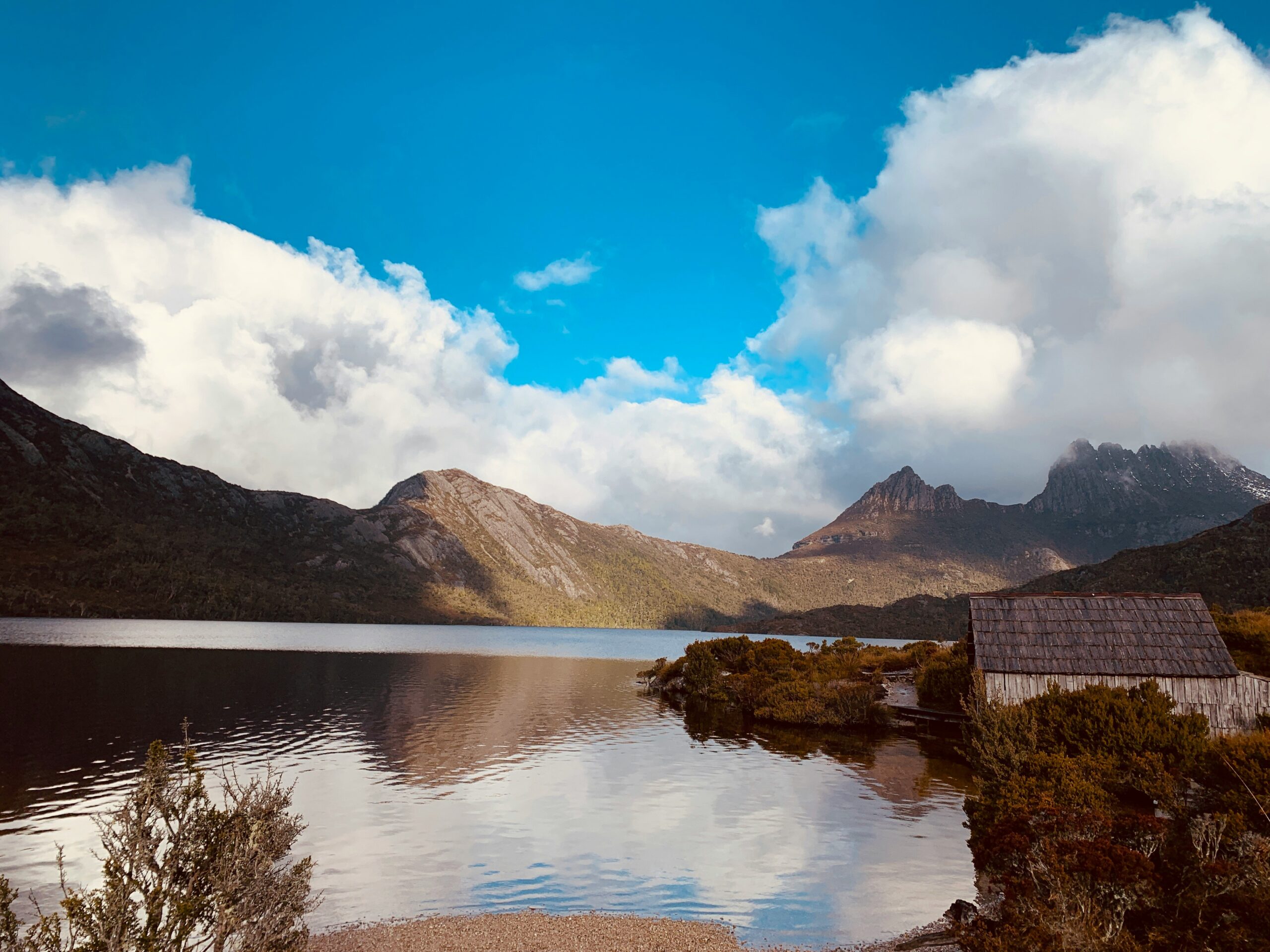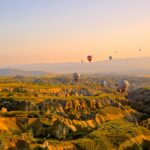Nestled in the bosom of Tasmania, an island renowned for its untouched wilderness and beguiling landscapes, Cradle Mountain stands as a testament to nature’s grandeur. Its soaring peaks pierce the heavens, while its ancient forests whisper tales of bygone eras. This article endeavors to peel back the layers of mystery surrounding Cradle Mountain Wilderness, offering a comprehensive narrative tailored to the intrepid explorer seeking to unlock its secrets.
Introduction to Cradle Mountain Wilderness
Cradle Mountain is not merely a geographical feature; it is a symbol of Tasmania’s rugged beauty and untamed spirit. Rising to an imposing height of 1,545 meters (5,069 feet), this majestic peak commands attention, drawing travelers from far and wide to bask in its splendor. Yet, it is not the summit alone that captivates the soul, but rather the entire expanse of Cradle Mountain-Lake St Clair National Park, a UNESCO World Heritage-listed sanctuary that enfolds within its embrace a tapestry of breathtaking vistas and ecological wonders.
Within the bounds of this pristine wilderness, ancient forests whisper secrets of epochs past, while alpine meadows dance with the vibrant hues of wildflowers. Lakes mirror the towering peaks that loom overhead, casting shimmering reflections that blur the boundaries between reality and reverie. It is a realm where time stands still, and the call of the wild echoes through the ages.
Embarking on the Journey
To reach Cradle Mountain is to embark on a pilgrimage of sorts, a journey into the heart of Tasmania’s wilderness. For those arriving by air, Hobart or Launceston serve as the gateway to this enchanted realm, where the verdant landscapes of the island give way to the rugged terrain of the northwest. From there, a winding road leads ever closer to the mountain’s embrace, offering glimpses of its majestic silhouette on the horizon.
For the intrepid traveler seeking a more immersive experience, a journey by road beckons, tracing the contours of Tasmania’s coastline before venturing inland. Along the way, quaint villages and verdant pastures provide a glimpse into the island’s pastoral charm, while distant glimpses of Cradle Mountain serve as a reminder of the adventure that lies ahead.
Exploring Cradle Mountain
Upon arrival at Cradle Mountain, the true adventure begins. The national park unfolds like a canvas painted by nature’s hand, with each trail and vista offering a new perspective on its boundless beauty. Whether embarking on the iconic Dove Lake Circuit or summiting the rugged peaks of Cradle Mountain itself, every step brings the traveler closer to the heart of this wilderness wonderland.
The Dove Lake Circuit, with its tranquil waters and panoramic views, is a perennial favorite among visitors. Here, the reflections of Cradle Mountain dance upon the surface of the lake, creating a scene of ethereal beauty that lingers in the memory long after the journey has ended. For those with a spirit of adventure, the summit of Cradle Mountain beckons, offering a challenge that rewards the intrepid with sweeping vistas of the surrounding landscape.
Yet, Cradle Mountain is not merely a playground for hikers and mountaineers; it is a sanctuary for all who seek solace in the embrace of nature. Along its trails, the keen-eyed traveler may encounter a wealth of wildlife, from wallabies and wombats to the elusive echidna. It is a realm where the rhythm of life unfolds in harmony with the ebb and flow of the seasons, where every creature plays its part in the grand tapestry of existence.
Cultural and Historical Significance
Beyond its natural beauty, Cradle Mountain holds a profound cultural and historical significance for the indigenous peoples of Tasmania. For countless generations, the land surrounding Cradle Mountain has been home to the Palawa people, whose deep connection to the land is woven into the fabric of their identity. To them, Cradle Mountain is more than a mere landmark; it is a sacred site imbued with spiritual significance.
European settlers arrived in Tasmania in the early 19th century, drawn by the promise of fertile land and abundant resources. Yet, it was the rugged beauty of Cradle Mountain that captured their imagination, inspiring artists, poets, and explorers alike. In the years that followed, the area became a magnet for adventurers seeking to unravel the mysteries of Tasmania’s wilderness, leaving behind a legacy that endures to this day.
Practical Tips for Travelers
- Weather: Tasmania’s climate can be unpredictable, with conditions ranging from balmy sunshine to chilly winds and rain. It is advisable to pack clothing for all eventualities, including warm layers and waterproof gear.
- Accommodation: There are a variety of accommodation options available near Cradle Mountain, ranging from cozy cabins to luxury lodges. Booking in advance is recommended, especially during peak tourist seasons.
- Safety: While Cradle Mountain is a popular tourist destination, it is still a wilderness area with inherent risks. It is important to stay on marked trails, carry ample supplies of water and snacks, and be prepared for changes in weather conditions.
- Respect for Nature: Cradle Mountain is a sanctuary for wildlife and flora, and it is essential to tread lightly and leave no trace. This includes disposing of waste responsibly, refraining from feeding or disturbing wildlife, and respecting cultural and historical sites.
Conclusion
Cradle Mountain Wilderness is more than a destination; it is an experience that transcends the boundaries of time and space, inviting travelers to immerse themselves in the untamed beauty of Tasmania’s wilderness. Whether scaling the heights of Cradle Mountain or simply basking in the serenity of Dove Lake, every moment spent in this enchanted realm is a testament to the power and majesty of nature. So, heed the call of the wild, and embark on a journey to unlock the enigma of Cradle Mountain Wilderness—a journey that promises to captivate the senses and nourish the soul.




